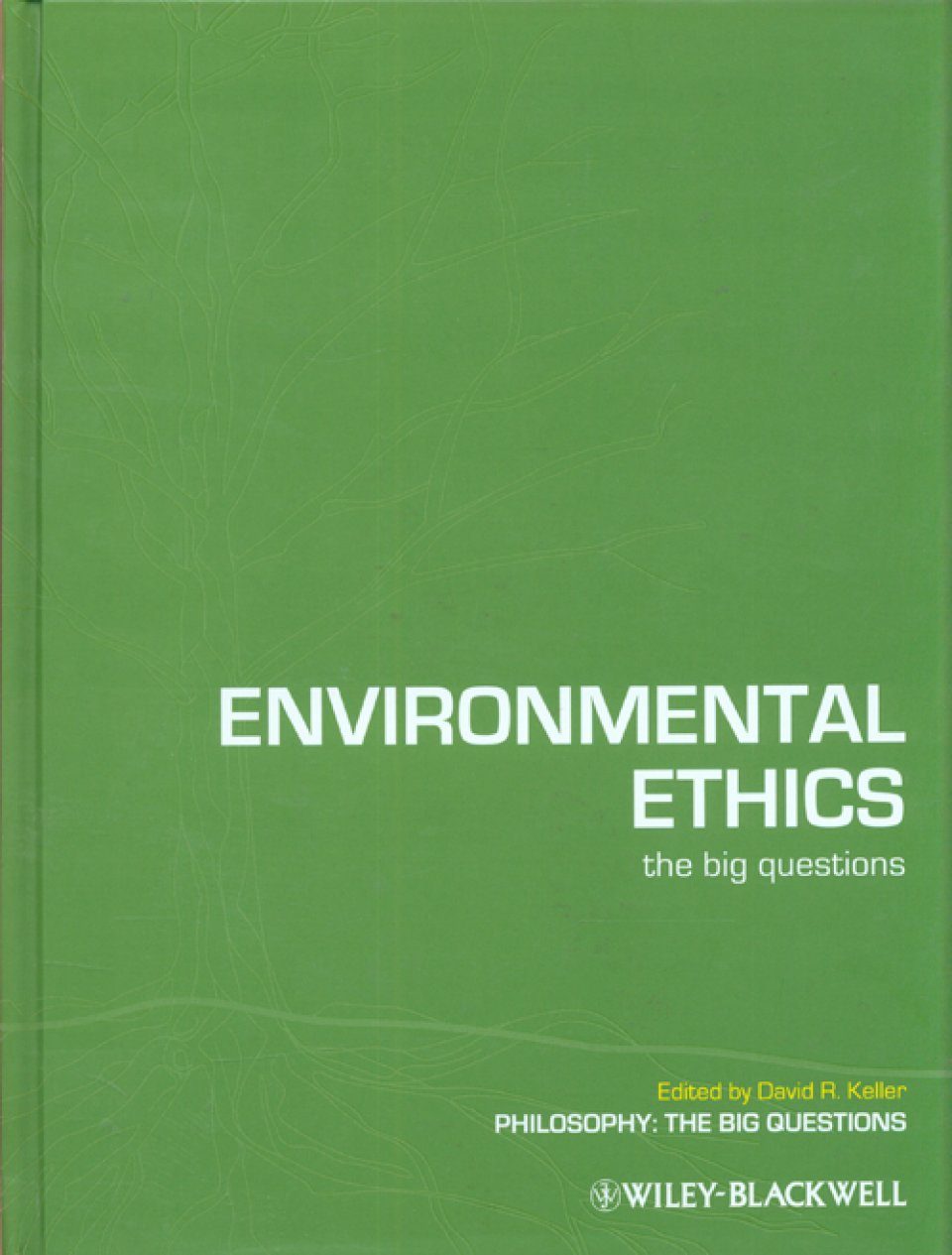Breaking News
Environmental Geology Edward Keller Pdf Viewer
среда 28 ноября admin 64
Overview Current and future development of mineral resources requires an evaluation of environmental risks. One challenge in assessing those risks is that drainage from mineralized environments contains multiple metals, each with a unique toxicity to a particular aquatic organism. However, current water quality criteria and risk assessment methods are based on the toxicity of individual metals rather than mixtures of several metals. Hence, new approaches and tools are needed to define the toxicity (or risk) of complex dissolved metal mixtures to aquatic organisms and to aid in the development of new generations of geoenvironmental models for mineral resources and water quality criteria for dissolved metal mixtures.
KELLER is professor of environmental geology at the University of California, Santa Barbara, where he holds a joint appointment with the Environmental Studies Program and the Department of Geological Sciences. Professor Keller's research focuses on natural hazards, including wildfire, flooding, and earthquakes.
Predicting health impacts of metal mixtures to aquatic biota is an area of current interest to national and international metal industries and regulating agencies. Nickel and cobalt, two elements found in drainage from platinum group element (PGE) deposits, are of particular interest because the mechanisms by which they cause toxicity are not well known. Previous work developed approaches for predicting the toxicity of metal mixtures to a variety of aquatic organisms (Balistrieri and Mebane, 2014; Balistrieri et al., 2015; Schmidt et al., 2010). In that work, water and biological data from the, biotic ligand models that predict accumulation of multiple metals on organisms, toxicity functions that relate multiple metal accumulation to biological response, and Monte Carlo simulations to predict the probability of health impacts to invertebrates from polymetallic vein and porphyry deposits with various types of hydrothermal alteration was used.
This project extends that work by developing similar probability curves for multiple organisms exposed to potentially toxic dissolved metals (cobalt, copper, nickel, and zinc) derived from PGE deposits. Approach Development of probability curves of health impacts to aquatic life from dissolved metal mixtures derived from PGE deposits requires data on the toxicity of cobalt, copper, nickel, and zinc to aquatic organisms and comprehensive water data from areas draining PGE deposits. We use previously published metal toxicity information for a variety of organisms (trout, Hyalella azteca, Daphnia magna) and generate new toxicity data from mesocosm studies of natural communities of macro-invertebrates and cultured mayflies in the presence of single metal and binary metal mixtures. Our previous work involved mesocosm studies of cadmium, copper, and zinc effects on invertebrates; we plan to build on those studies by examining the toxicity of cobalt and nickel to invertebrates. Further, we plan to use the 'biotic ligand model' sub-database of the (NWIS), which contains concentration data on major and minor ions and dissolved organic carbon (DOC), to predict survival or community richness of aquatic life in streams within the mid-continent rift.

This work complements existing research conducted in other Mineral Resources Program by providing the toxicological perspective on links among ore deposit geology, aquatic geochemistry, metal toxicity, and the health of aquatic organisms.  This figure illustrates the goals of our project and the connections among geology, geochemistry, toxicology, and the health of aquatic organisms. Our primary goals are to define and apply predictive models of metal mixture toxicity that will 1) aid in risk assessments of historical and future mine sites, 2) expand and update geoenvironmental models of mineral deposits, and 3) contribute towards future water quality criteria. Geology and anthropogenic activities determine the composition and chemical speciation of mineralized rock drainage. This information is combined with toxicity data on aquatic organisms to develop models that predict accumulation of multiple metals on biota and their biological response (e.g., survival) to that accumulation. Monte Carlo simulations are then used to evaluate the probability of health impacts (e.g., survival, diversity, or growth) to aquatic biota in watersheds containing different types of mineralized deposits.
This figure illustrates the goals of our project and the connections among geology, geochemistry, toxicology, and the health of aquatic organisms. Our primary goals are to define and apply predictive models of metal mixture toxicity that will 1) aid in risk assessments of historical and future mine sites, 2) expand and update geoenvironmental models of mineral deposits, and 3) contribute towards future water quality criteria. Geology and anthropogenic activities determine the composition and chemical speciation of mineralized rock drainage. This information is combined with toxicity data on aquatic organisms to develop models that predict accumulation of multiple metals on biota and their biological response (e.g., survival) to that accumulation. Monte Carlo simulations are then used to evaluate the probability of health impacts (e.g., survival, diversity, or growth) to aquatic biota in watersheds containing different types of mineralized deposits.
